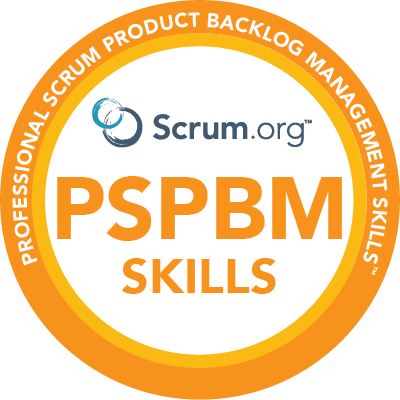Tips for Effective Product Backlog Management
For Product Backlog management to be effective, consider these following tips:
- Review, reorder and refine the Product Backlog frequently
The Product Backlog is emergent; it evolves and changes. Feedback, learnings from experiments and changing market conditions are just a few factors that influence changes within a Scrum Team’s Product Backlog. Reviewing and reordering it frequently helps the team focus on the next important items to pursue.
- Keep the Product Backlog manageable
When a Product Backlog grows too big, it becomes hard for the Scrum Team and stakeholders to decipher what is important to pursue. Furthermore, it becomes a useless communication tool and wasteful to manage and refine. To create a more manageable Product Backlog, the Product Owner should make choices about what should NOT be on the list in a respectful but clear manner.
- Visualize the Product Backlog
Visualizing the Product Backlog helps a Scrum Team and its stakeholders see what work is next, allowing them to think ahead. This usually triggers relevant discussions and develops a shared understanding of what is needed to improve the product.
A Scrum Team should visualize their Product Backlog somewhere that is easily accessible to all, including stakeholders, whether it is on a physical wall or in a virtual tool. The Scrum Team should choose a tool that works for them in their context but ultimately that optimizes for transparency.
- Take a collaborative approach
Although a Product Owner is accountable for managing the Product Backlog, they do not need to do it alone. In fact, collaborating with the rest of the Scrum Team, stakeholders and customers, helps a Product Owner make better and more informed decisions when managing the Product Backlog.
- Don’t jump straight to solutions
Product Owners constantly focus on what their customers need and what challenges there are to solve for them. That focus creates ideas to enhance a customer’s experience of the product. However, Product Owners should resist rushing into solutions and adding those ideas straight into the Product Backlog.
A Product Owner should work with the team and give the Developers on the team the problem to solve. This is a good way to leverage different experiences, expertise and perspectives. This enables the Developers to come up with innovative and creative ideas on how to solve the problem and helps them develop ownership of the product.
Resources:
Professional Scrum Product Backlog Management Training
In this one-day* skills-building course, participants will learn techniques and methods to effectively manage a Product Backlog that clearly expresses the the Product Goal and brings transparency to what is most valuable for the Scrum Team to work on to delight stakeholders and customers. Students will get hands-on experience with refinement techniques such as decomposing and slicing Product Backlog items, while learning how simplicity can cure complicated and complex Product Backlogs.
An interactive course designed to help Scrum practitioners improve their ability to manage all aspects of the Product Backlog and stakeholder communication
What did you think about this content?
Included In
Learning Series
Product Backlog Management is the act of adjusting and ordering items on the Product Backlog so that the Scrum Team can deliver the most valuable product possible. This learning series explores Product Backlog Management.

